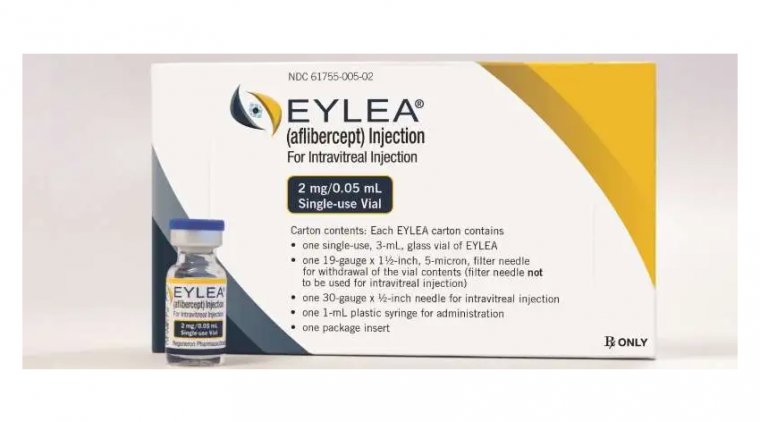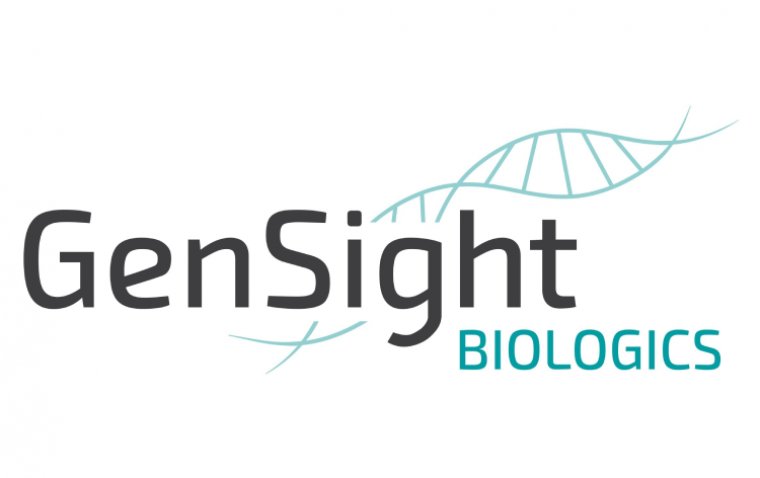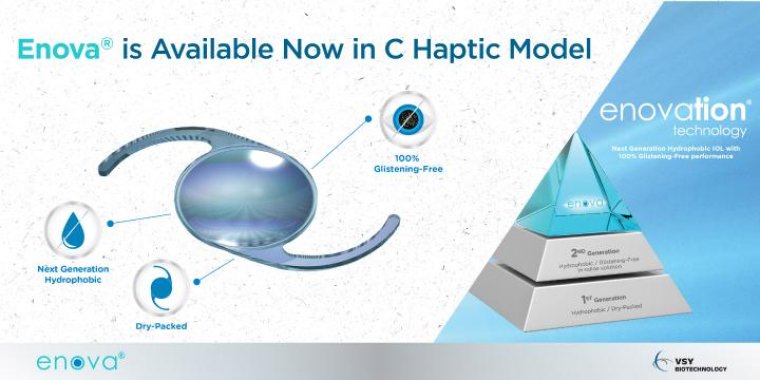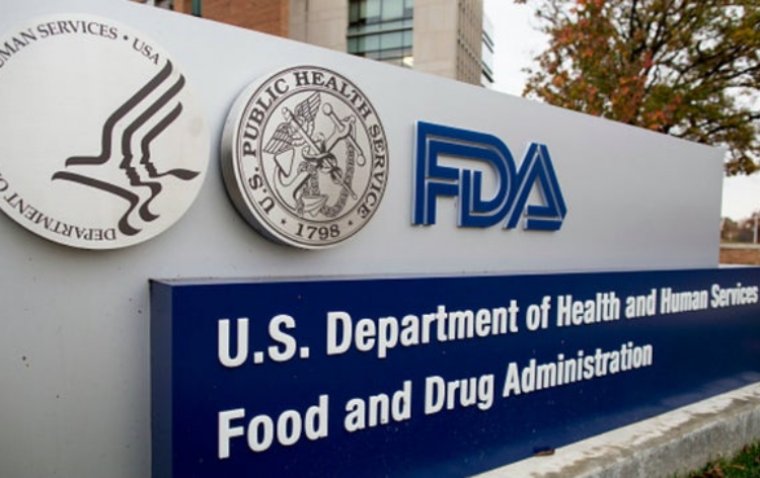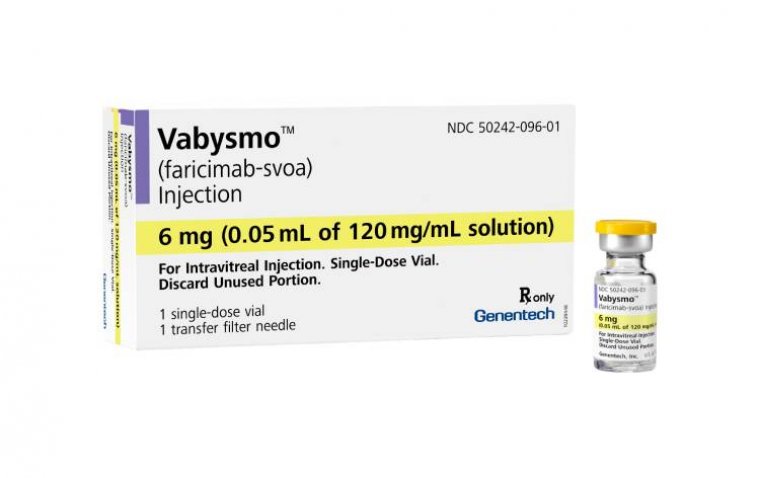
Roche’s Vabysmo Receives CHMP Recommendation for RVO Indication
Roche announced that the Committee for Medicinal Products for Human Use (CHMP) of the European Medicines Agency (EMA) has issued a positive opinion recommending the extension of marketing authorization for Vabysmo (faricimab).
This recommendation includes the treatment of visual impairment caused by macular edema secondary to retinal vein occlusion (RVO). Developed by Genentech, a member of the Roche Group, Vabysmo awaits final approval from the European Commission.
Comprehensive Data Supports CHMP Decision
According to Roche, the CHMP decision is supported by comprehensive data from the phase 3 BALATON and COMINO studies. These studies involved over 1,200 individuals with macular edema resulting from branch RVO and central RVO, with a full 72-week dataset analyzed.
"In both trials, Vabysmo demonstrated early and sustained improvements in vision that were noninferior to aflibercept, alongside significant reductions in retinal edema," Roche stated in a press release. The treatment was well tolerated, with a safety profile consistent with previous findings. The current standard treatments for RVO generally require administration every one to two months, as highlighted by the company.
Global Approvals and Anticipated Expansion in the EU
Vabysmo had previously received approval from the U.S. Food and Drug Administration (FDA) in October 2023 and from Japan’s Ministry of Health, Labor, and Welfare in March 2024. It is also authorized in over 95 countries worldwide for patients suffering from wet age-related macular degeneration and diabetic macular edema, as noted by Roche.
The company anticipates a decision from the European Commission in the near future regarding the expanded use of Vabysmo for the treatment of RVO in the European Union.
This recommendation marks a significant step towards expanding treatment options for individuals affected by RVO, potentially offering a new therapeutic avenue based on the robust clinical data gathered during the BALATON and COMINO trials.
About Retinal vein occlusion (RVO)
Retinal vein occlusion (RVO) is a common vascular disorder of the eye that can lead to significant visual impairment if left untreated. It occurs when there is a blockage in one of the veins carrying blood away from the retina, the light-sensitive tissue at the back of the eye. This blockage causes blood and fluid to leak into the retina, leading to swelling (macular edema) and potentially causing damage to the retina itself. RVO can occur in two main forms: branch retinal vein occlusion (BRVO), where a branch vein is affected, and central retinal vein occlusion (CRVO), where the main vein (central vein) is affected.
*Stay in the loop and make sure not to miss real-time breaking news about ophthalmology. Join our community by subscribing to OBN newsletter now, and get weekly updates.
(1).jpg)


